I’ll be honest. Using wordless picture books is new territory for me. Don’t get me wrong. I’ve got lots of them in my classroom and I’ve recommend them to friends and colleagues. But I’ve never studied them extensively with my students. Especially not with the Big Kids. The reality is, since the Common Core Standards emerged with their emphasis on text complexity and “raising the rigor,” texts without words have fallen off my radar. Recently however, I’ve noticed wordless picture books referenced in my professional reading. Perhaps they have been there all along and I am just beginning to notice. Either way, until now, I haven’t really thought much about all the possibilities they can hold.
At the end of May, when most teachers were sighing with relief, “Only two more weeks,” I was the panicked one frantically crying out, “Two weeks isn’t enough! I need more time!” I brought this panic on myself. We didn’t have to start a new unit of study on wordless picture books two weeks before the end of school. But we did.
Wordless Picture Books: Goals
Since this was our first time studying wordless picture books (and there were only a couple weeks left), I just had a sketch in my mind of what our study would look like. For this new exploration I envisioned:
- lots of predicting, inferring and discussing
- lots of rereading and revising our thinking
- transforming our observations into stories, telling them orally
- drafting the tales into text, applying all we know about craft and structure
Outside our classroom the walls were stripped of their colors and stacks of books and boxes were growing outside other classroom doors. But inside of Room 317 there was no indication that school was about to end. This study consumed us. We were immersed in these beautiful books for hours each day, investigating a genre that was fairly unfamiliar to all of us.
This first time around with wordless books, text selection was limited and I had to rely on quantity over quality. My goal was to have enough books in my classroom library, providing access and choice to everyone. I didn’t want anyone to feel like they were stuck with a book they didn’t like. So, in preparation for this study, I gathered whatever I could find on my bookshelves, from colleagues, and in our school library. I also poured over booklists and recommendations on blogs and websites and ordered a few more, taking note of titles I would add to my collection later.
How to Read Wordless Picture Books
The first title I pulled out to share was one they had seen before; a text that had been nominated for March Book Madness 2016. When I told my class we were going to read Float, they questioned me.
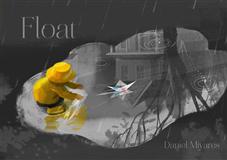 |
“How? It has no words.”
“How are you going to read it out loud?”
I hadn’t really thought about how you read a wordless picture book out loud. Like my students, I had just … looked at the pictures. How DO you read a book with no words? We were about to find out.
Using a think-aloud I demonstrated how a reader may go about doing this. They observed:
- how a reader studies the pictures and tells what is happening.
- how a reader makes connections across pages.
- how a reader asks questions and makes predictions.
- how a reader revises her thinking.
After I modeled the first part of Float, I gave my students time to try it out with me. Slowly, they got started simply by naming what they saw. When I felt like they were getting more comfortable with the process, we began passing out other books to try with partners and independently. I conferred with students and read along with them and as readers listened in on the conversations and observations, they began to slow down, read more carefully and pay attention to some of the not-so-obvious events and ideas. They began reading for meaning.
The longer we spent with the texts, the more questioning, revising and rereading I saw. And the more fun we had! With so many texts to choose from, students stayed engaged with the reading.
It occurred to me that, had there been actual text in these books, my students would not have noticed as many details or inferred with such thought and depth. It was the absence of words that made it ok for us to linger on each page. They began challenging themselves to find something no one else had noticed or to understand the story differently or more deeply.
The Incredible Detail of Wordless Picture Books
Payson and Spencer’s experience with Good Night Gorilla is a perfect example of this intense exploration. The storyline follows a zookeeper as he walks through the zoo to say goodnight to all the animals in their cages. But Monkey has other plans. And Payson and Spencer were going to find every little detail.
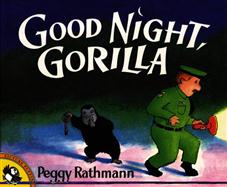 |
I have read Good Night Gorilla many, many times to my daughters. We usually breeze through it in a few short minutes. I didn’t know it was possible to spend as much time reading it as the boys did. And I have never noticed any of the details they found! For example, I never noticed that the mouse had let go of a balloon on one page and on each of the following pages, the balloon is still seen further and further in the distance, giving the reader a sense of the passing time. I never noticed the zookeeper’s name was Joe. I should have! It is right on his nametag! I also didn’t notice that he used a different colored key to unlock each cage and that the colors matched: red key to red cage, blue key to blue cage. And despite how many times my daughters asked me to “read it again, Mom,” I never saw that the animals each have a toy that is a miniature version of themselves. When the zookeeper goes to bed you see photographs on the wall of his home of each of the animals in the zoo, pointing to the relationship he had with the animals. They weren’t just his job. They were his friends. I was amazed at the thinking!
Students thought working with these books would be easy. Studying and naming the pictures was easy for most of them. They were enjoying it so much that they didn’t realize how hard they really were working, thinking, inferring and making sense of the stories.
|
Anchor Chart |
Telling a Story with Wordless Picture Books
Storytelling, the next bend in the study, proved to be just a bit more challenging. We began by referring to an anchor chart to review the work we had done so far.
Once again I pulled out Float and showed them what storytelling might sound like, using the rich language I envisioned on the pages:
Sam and his dad tore, folded, and manipulated the newspaper, transforming it into something completely unexpected.
The Sunday Times became the perfect little…
sailboat!
I’ll be honest. At this point my students were not too sure I knew what I was doing. The last time they’d been asked to do a storytelling activity was … too long ago! They wondered, why now, with only four days left of fourth grade? (This may have been about the time when they also asked me why our class was still working and not packing up our room like everyone else.)
Reluctantly, they got started. When I say reluctantly, I mean SLOW. They took tiny baby steps. And they took risks. Finally, when their personalities, silliness and creativity took over, they didn’t want to stop. It was so fun!
Phew! Thank goodness because if this part was a failure, there would be no next part. We were on a deadline! Their success with storytelling was an extremely important factor in their success with the last part of our study. The stories they told, rehearsed aloud and revised on the go, would make the writing part so much easier.
When we finally put pencil to paper, I pulled out Float and our anchor chart once again. This time I read the story from the Post-its I had written. Although this version was very much like the oral storytelling I had done, they were a little surprised by this reading. Some even asked if those words were already in the book. (Um, no. Remember we are studying wordless picture books.) They just couldn’t believe how this book had evolved from naming the details in the illustrations to reading a text that sounded like … like a text they would read!
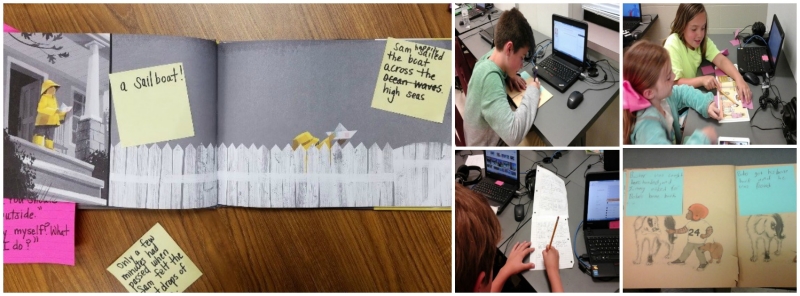 |
Despite the time constraints, I wanted to make all their hard work worthwhile. I invited students to publish their favorite pages of text to share through our Google Classroom page. They used the iPads to photograph the pages they selected to publish and uploaded the images to Google Slides. Then they typed in the text, editing and revising as they worked. This provided a platform to celebrate and share their fabulous no-longer-wordless wordless picture books.
|
Emry’s version of Pancakes for Breakfast |
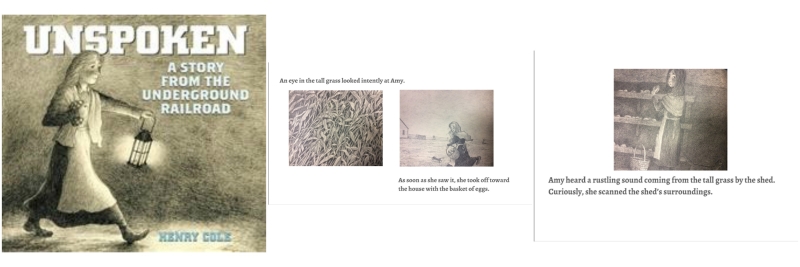
Luke and E.V.’s version of Unspoken
|
Booksource Recommendations
|
|


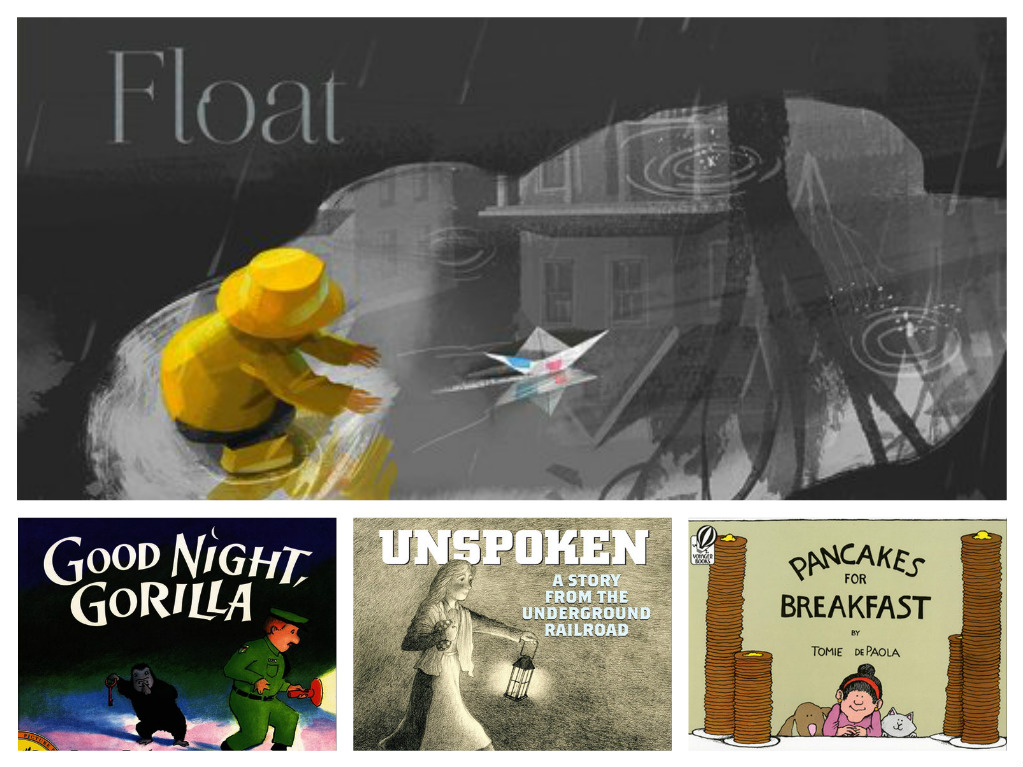
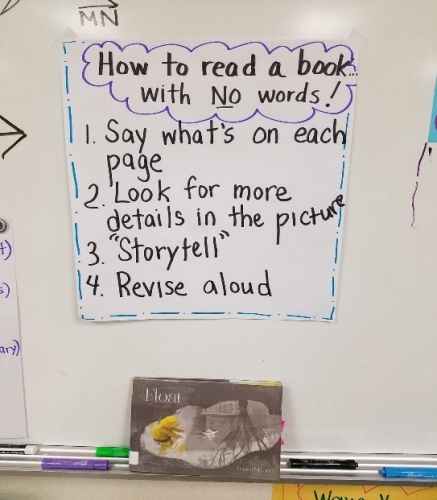

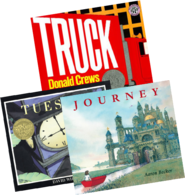
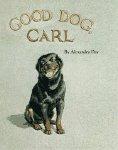
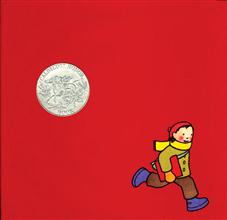

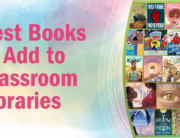
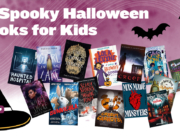
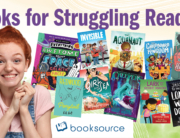
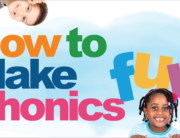
Leave A Comment